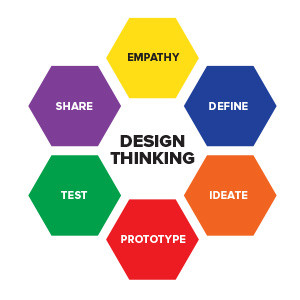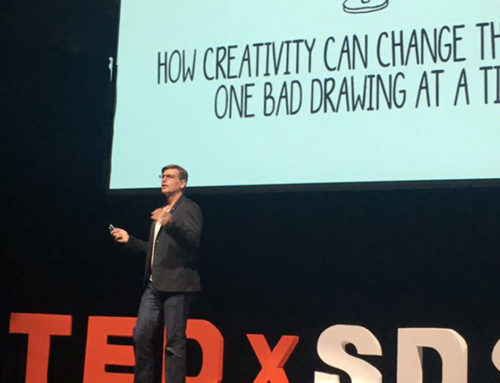Using Creativity to Solve Problems for CEO’s
The Idea Guy™ • September 11, 2018
Every problem a CEO faces can be solved with Creativity.
When a new CEO takes control of a company, there is usually a list of problems, prioritized by a Board, to be addressed by some action—sooner than later. The specifics vary by industry, but the issues tend to fall into one of these three categories:
- The company isn’t generating enough revenue.
- The brand has no positive recognition.
- The products and services have no differentiation in the marketplace.
Numerous others exist, from atrocious customer experiences to zonky retention scenarios, but those with the greatest sense of immediacy impact money, image, and market share.
Now, many companies already have a lot of good people onboard. Just because the old CEO wasn’t on-point doesn’t mean the people still there can’t do the job. The challenge is in getting them to try something different—a process, a mindset, the way they make their decisions—because the old way isn’t producing results. If it was, the previous CEO probably wouldn’t have been replaced.
Teams within the organization often have trouble playing well with others. Sales has historically been at odds with Marketing, if not, at the very least, disconnected. Customer support is at one end of the building, and new product development holds down the other side. And all of them, if stereotypes run true, report independently that one is performing better than the other, providing misinformation to leadership.
Process is tough to change, and so are team dynamics, but culture can be even harder, especially when leadership hasn’t done its part to create or to manage behavior over time. Left to their own devices, management creates a separatist society that never really operates as an army of one.
The CEO Can Implement Systemic Creativity
hen a CEO looks to creativity to help solve their problems they open up their company to the possibilities of what it could be.
Help your people be more creative by helping them understand their individual strengths and weaknesses. Lead them through the development of a creative profile, a document that helps them reflect on motivation, curiosity, fear, stress, connection-making, connection-breaking, evaluation, self-confidence, and innovation. When they know where they are today and when they can identify where they want to be tomorrow, they can take clear, defined steps toward that destination.
Better people make better teams, especially when everyone is self-aware of why they are there and what they want to achieve. Assigning like-minded people can build depth, while diversity can provide perspective. Providing a process for ideation, like Design Thinking, can help teams develop an emotional connection with the people involved, discovering new insights and experiences.
 The organization will change, subtly at first, in ways that only management can see. But then there’s a comment from a customer, the right customer, that makes leadership take notice. Supported by the C-Suite with recognition and compensation, the way the company responds to problems changes.
The organization will change, subtly at first, in ways that only management can see. But then there’s a comment from a customer, the right customer, that makes leadership take notice. Supported by the C-Suite with recognition and compensation, the way the company responds to problems changes.
Better teams work better together with other teams, confident and purposeful in their mission. Assignments are clear, engagement increases, and partnerships emerge which demonstrate the innovation potential for the company. Supporting ideation instead of penalizing failure tells your teams that as long as they are learning, you’re putting it in the win column.
In short time, creativity can provide the CEO:
- New products—and better services—with real differentiation in the marketplace. Designed by people who care about the company because the company cares about them, and their voice, and their ability to contribute outside the sign that defines their department.
- A recognized brand positioned in the industry as a leader because of the innovation demonstrated. This becomes the brand that is followed for its leadership, and one others want to join.
- It may sound simple, but its not that hard. Every industry has an example of a company that followed this practice and reported meeting or exceeding their revenue goals.
Creativity works. Innovation is critical. You just have to choose to make the change. – The Idea Guy™






